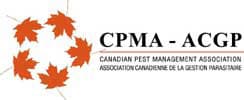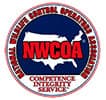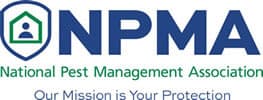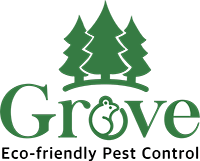Wasp information and control
Wasps strike fear into many, and for good reason! They hurt! As a pest control technician, I can assure you it is not fun to be stung!
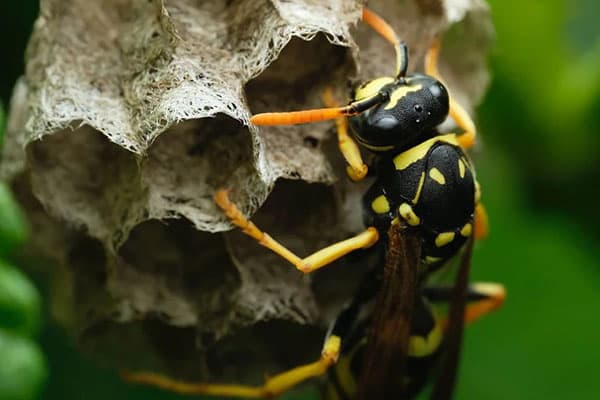
They’re not all bad!
Contrary to popular belief, wasps do pollinate, though not as much as bees. They are also great at cleaning up our environment by collecting dead things such as insects and small bits of human food. This cycles nutrients. Wasps are also a food source for some birds.
They’re not all good either!
Wasps sting! While wasps can bite, it just feels like a little pinch and shouldn’t hurt too much. It won’t cause any swelling. The sting, however, can hurt a lot! Check out this description from How Stuff Works:
-
The stinger delivers the venom to the victim’s blood stream.
-
Peptides and enzymes in the venom break down cell membranes, spilling cellular contents into the blood stream. When the cells in question are neurons, which serve the central nervous system, this breach causes the injured cell to send signals back to the brain. We experience these signals in the form of pain.
-
To make sure the pain keeps coming, other substances in the venom, such as norepinephrine, stop the flow of blood. This is why the pain of a wasp sting can last for several minutes, until the blood stream can carry the diluted venom away.
-
Finally, hyaluronidase and MCDP (mast cell degranulating peptide) pave the way for the membrane-destroying elements in the venom to move onto other cells by melting through the connective tissue between them. This spreading factor leads to the swelling and redness associated with most insect stings.
Wasp nests
Wasps make their nests out of wood and other plant materials. They chew the wood off of trees and structures and then regurgitate it to build their nests. That’s why you can see different colours in the nests! It depends what type of wood they ingested.
Wasp nests in Calgary die off every winter. Every wasp nest you see from previous years is dead and empty, and any active nests you see were created this year! In the fall, new wasp queens are sent out from the nest to overwinter somewhere safe. In the spring, any wasps you see are new queens searching for a great place to start a nest. They grow their nest over the course of the summer. By late summer and early fall, their nests can be very large, containing many hundreds of individuals.
In the fall, the wasps are desperately searching for food to support their new queens for the next season, and they become more aggressive.
Wasps on poplar trees
In the fall, wasps love to eat the sticky substance left behind by aphids and scale bugs found on poplar tree leaves. If you are noticing wasps all over your poplar trees in Calgary, there isn’t necessarily a nest nearby. There can be wasps from multiple nests all coming together to feed on the residue found on the tree leaves. There is no effective chemical treatment for this situation, and it wouldn’t be recommended to spray chemicals all over the tree in this situation anyway! The only thing you can do is set up wasp bag traps to reduce the number of wasps hanging around. The good news is that the wasps are not particularly aggressive when they are not around their nest, so you’re unlikely to be stung when they are busy feeding on your poplar tree.
DIY wasp nest removal
If you are feeling brave and want to try eliminating the wasp nest on your own, do it in the early morning when the wasps are dormant. You will need to put on some thick, protective clothing and gloves. Wasps are very good at finding your face as well, so if you can wear some kind of veil or mesh, that would be ideal!
For hanging wasp nests, you will need a garbage bag and something to scrape the nest off of wherever it is hanging. Get the bag open and ready underneath the nest, and simply scrape the entire nest in the bag, or just grab the nest with the bag and close it! A pressure washer works well, too, depending on where the nest is. Sounds easy, right?
The underground or cavity wasp nests are a little more challenging. In this situation, you will need to purchase some foaming wasp killer from the hardware store. Insert the tube into the hole and fill up the void as much as you can. Repeat this process again for the next couple of days until the wasps are gone.
If this is a bit too much to handle for you, don’t worry! Don’t risk getting stung or injured. Give Grove Eco-friendly Pest Control a call. We use professional products and bee suits to ensure everyone’s safety.
Frequently Asked Questions
How much does it cost to remove a wasp nest in Calgary?
Removing a wasp nest in Calgary is not too expensive. The price depends on the location of the nest and how easy it is to access. It’s best to give us a call or fill out the form to determine what it will cost to remove the wasp nest on your property.
Why are there so many wasps in Calgary?
Wasps are very common in the city due to all of the available food sources for them. Wasps love our food and sweet drinks, and can find many places to make their nests in and around our homes.
Is it safe to remove a wasp nest in winter in Canada?
Yes! Wasp nests die over the winter every year. Usually after a couple of nights below -5 C, the wasps are all dead inside the nest and it will be safe to remove.
How do I get rid of wasps myself?
There are many ways to get rid of a wasp nest. The safest way is to call a professional pest control company that has the proper tools, knowledge, and safety equipment. If you really want to get rid of it yourself, you can try! Bundle up in your thick winter clothes and cover your face best you can. Wasps love to go for the face!
Can you permanently get rid of wasps?
Wasp nests are individual colonies. Once you remove a wasp nest, that nest will be gone permanently, but there isn’t anything you can do to prevent new wasp nests from forming next year. It’s best to take care of them early, when they are small. Once they are big, usually in July and August, they are very aggressive!
How can I tell the difference between wasps and bees?
I recommend looking at some pictures to figure it out, but in general, wasps are much thinner than bees. Bees are distinctly furry, or fuzzy, and often have little bits of pollen on their legs. Bees also fly much slower and lazily. Wasps fly fast and direct.
